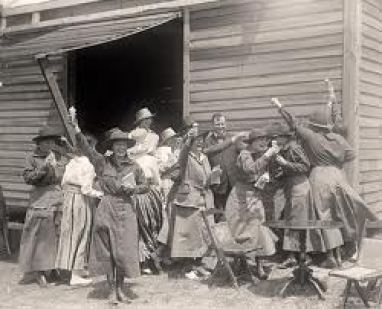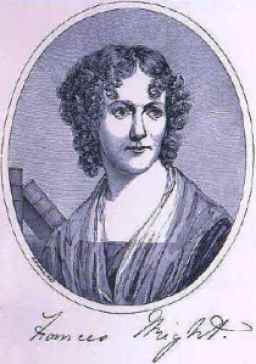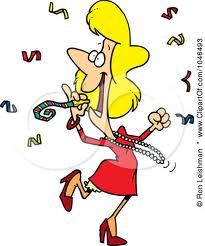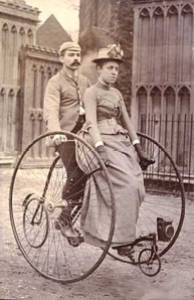
A few years back, I set my blog aside for various reasons. However, this post from 2013 still applies in my approach to learning and sharing history.
I’m not a historian and don’t pretend to be. That may not be a wise statement to make on a history blog, but it’s the truth and I don’t necessarily believe it’s a disadvantage here. While the occasional author has popped in to comment about a woman she has written about, I think most of you are interested amateurs like I am. We know women have played a significant role throughout history, but for various reasons they haven’t gotten the recognition that they deserve. So this intrigues us, or angers us, and we seek out information or at least take note of it when we see it.
The Beginning
While I’ve always loved history, this venture began when I started collecting materials for a class I wanted to teach on the history of science and mathematics. Not long after that, health problems forced me to stop teaching and I never got to teach the class, but ended up with all these resources.
Also as a result of the end of my teaching career (at least in public schools), I ventured into the world of internet marketing. Well that didn’t last long. The people who make money that way are, as a rule, the people teaching others how to make money on the internet or affiliate marketers who sell other peoples products. Neither of which I could put my heart into. However, I learned a lot about websites, blogging, and especially WordPress that has helped me. (Although, wordpress.com has made blogging so easy now that you shouldn’t let lack of knowledge keep you from starting one if you want. Shoot me an email if I can help.)
So one day I decided to combine the two and start a blog about women in history. Actually, there were a couple of other blog attempts, but this is where I ended up.
Wandering the Halls
To be honest, I’ve struggled with the idea that I needed to be an expert to write about this topic. There are many blogs and Facebook pages run by people who are experts and it can sometimes be a little intimidating. I’ll begin to get a handle on a particular subject, for example women’s suffrage, and something else will grab my attention which I just have to read about. So I’m off on a tangent pursuing my latest interest.
I was happily maintaining the Facebook page for “Saints, Sisters, and Sluts” and I kept coming across great posts about ancient Egypt, so I started the “Ancient History Lovers” page. Then I was watching a documentary with Bettany Hughes about the ancient Minoans when she mentioned a female archaeologist named Harriet Boyd, so of course I had to read about her. You get the idea. In fact, finding interesting posts for Facebook has sometimes caused my frustration, because there just isn’t enough time to read about all the fascinating subjects and people that I encounter.
I’ve decided to call this “Wandering the Halls” syndrome. It’s like wandering the halls of a great museum and learning little bits and pieces about ancient peoples or great artists, and never seeing the “whole picture.” But all those little pieces, I believe, enrich our lives.
Where to From Here?
Is this a problem? It could be, but I don’t think it has to be. When I was teaching I always considered myself more of a facilitator than a teacher. It’s an approach that isn’t always appreciated in public schools, but I started in adult education. As a rule, adults learn better the more control they have over the learning environment. Providing resources, motivation and a little guidance can lead to some of the best results.
I love to see someone discover things themselves. And if they go on to become an expert, that’s great! But, if they are also afflicted with “Wandering the Hall” syndrome, then I’ve found a kindred spirit.
I decided that I’m comfortable being a “Jill of all trades, mistress of none.” Many of the most interesting women I’ve learned about were because someone else mentioned them to me. That is what I want this blog to be about; information that intrigues people and makes them want to learn more. I hope I’ve done that at least for some.
Please Comment
As I said, some of the most interesting people I’ve learned about were mentioned to me by others. I would love to have more dialogue on the blog. Which of these women interest you? Can you add interesting information about them? Do you like them, dislike them, etc.? Disagreement is welcome, politely of course.
If you’ve read this far into my little tangent, thank you. The next post will be about another interesting woman. I think I know which one, but you never know what hall I might turn down!




















